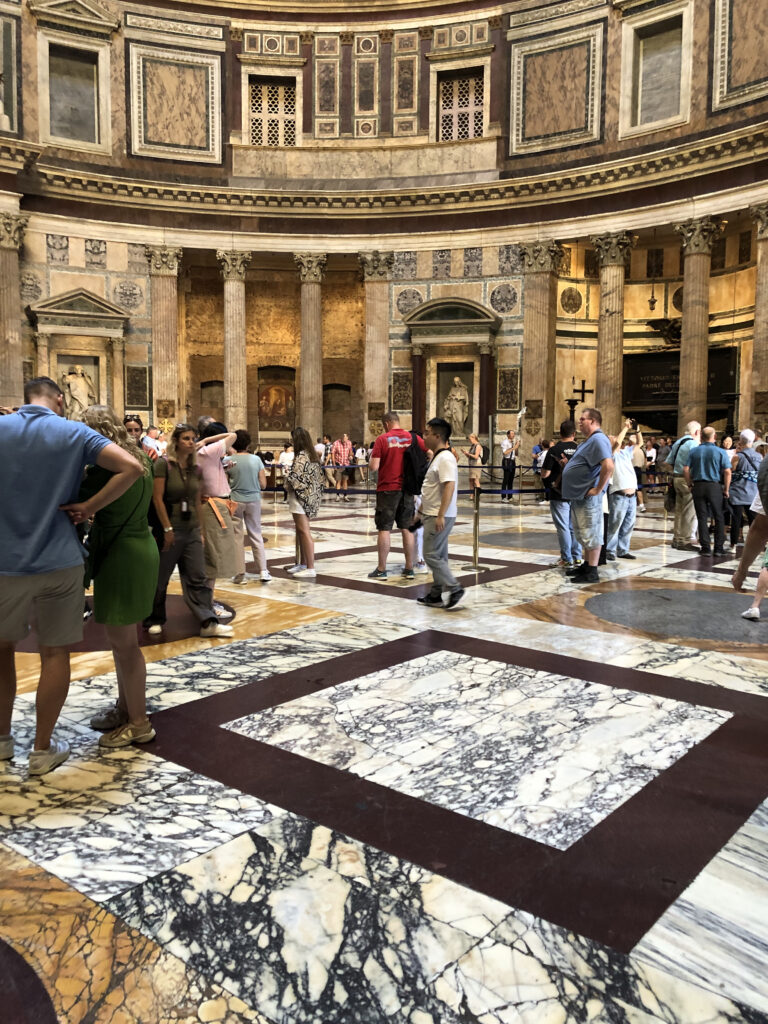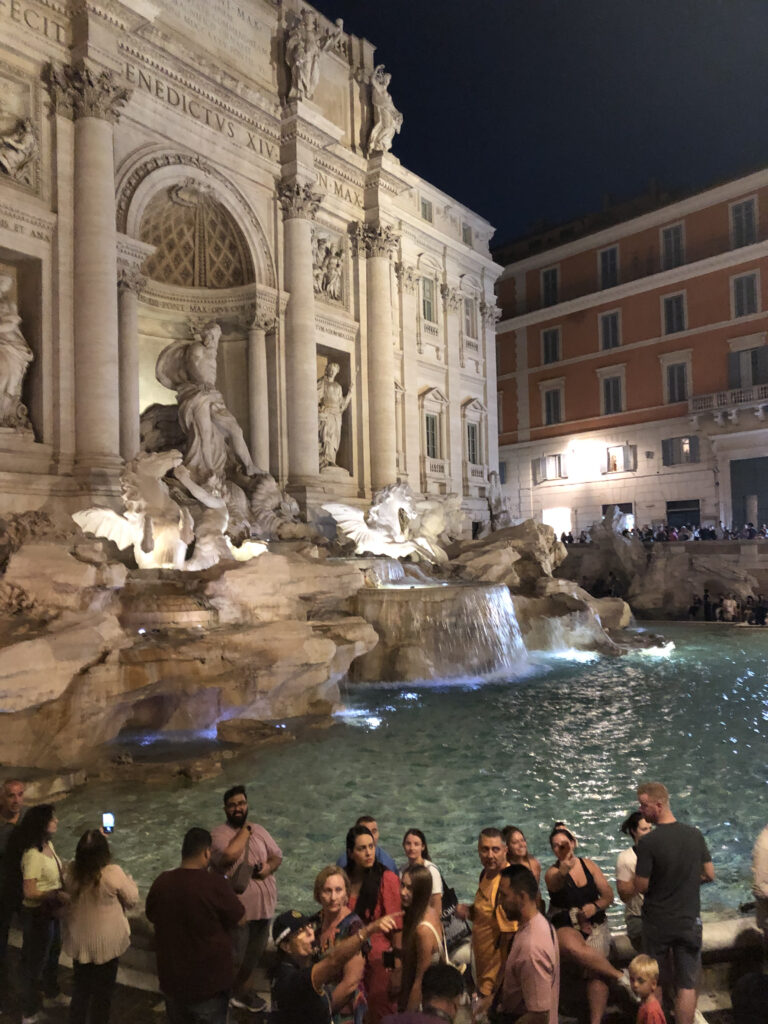The week before last I was in Rome for the first time in Lord knows how long. It is hardly a controversial view to describe it as one of the most alluring cities on earth, and that is an opinion I share. Although Vatican City is strictly speaking not in Italy (a kind of ecclesiastical equivalent of Monaco’s relationship with France), it is one of the must-see sights on a visit to the Italian capital. The basilica of St Peter’s and the various extraordinary rooms of the Vatican itself – most notably the Sistine Chapel – are worth anyone’s time and money. And, which is something I sometimes try to do when on holiday abroad, I read a book based on the place I was at, in this case Michael Dibdin’s 1992 novel Cabal, which includes some pretty electrifying scenes set in the building you see below.

Moving on a few hundred yards one arrives beside the banks of the River Tiber and the Castel Sant’ Angelo, which is a long-established military fortification but began its existence as a mausoleum for the Roman Emperor Hadrian, who in fact died in 138 AD and is best known in our country for the eponymous wall that bears his name, which when it was erected marked the northern limit of the territory of Britannia.

The popes who delivered their sermons in St Peter’s also made use of the castle as a fortress through the centuries, and a little further east in the city they raided the gold and other riches of the Pantheon in order to more elaborately decorate their own premises. Hadrian was involved here, too (albeit in a good way), rebuilding this remarkable edifice on the site of the original which was commissioned by Marcus Agrippa. The floor is cambered to allow the rains, which come in through a huge hole in the roof, to drain away.

About five minutes walk away is the Piazza Navona, a gloriously beautiful square, even if it isn’t actually square. Shown here is its centrepiece, the Fontana dei Quattro Fiumi (Fountain of the Four Rivers), which plays a significant part in the Dan Brown papal-themed thriller, Angels and Demons. There are a couple of other fountains but overall I find this a place best enjoyed from one of the bountiful restaurants or an ice cream parlour.

The Fontana di Trevi is so named because it is situated at the intersection of three streets. In its functional capacity it has served the citizens of Rome for over 400 years but it is renowned throughout the world for its scale and its sculptures. And also for its role as an inanimate cultural icon, probably most famously for Federico Fellini’s 1960s film La Dolce Vita in which Anita Ekberg unforgettably walks into the water with Marcello Mastroianni.

They say all roads lead to Rome. I haven’t yet found that the Marylebone Road manages to that so if I’m going to go again (and I intend to) I guess it will have to be by aeroplane again.
